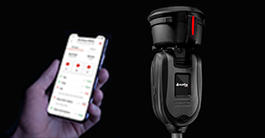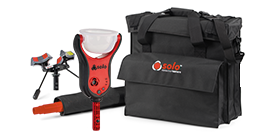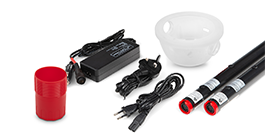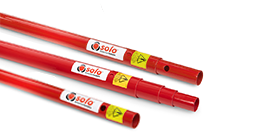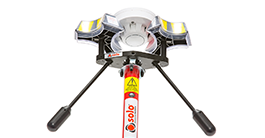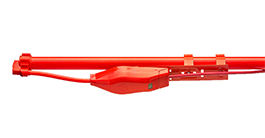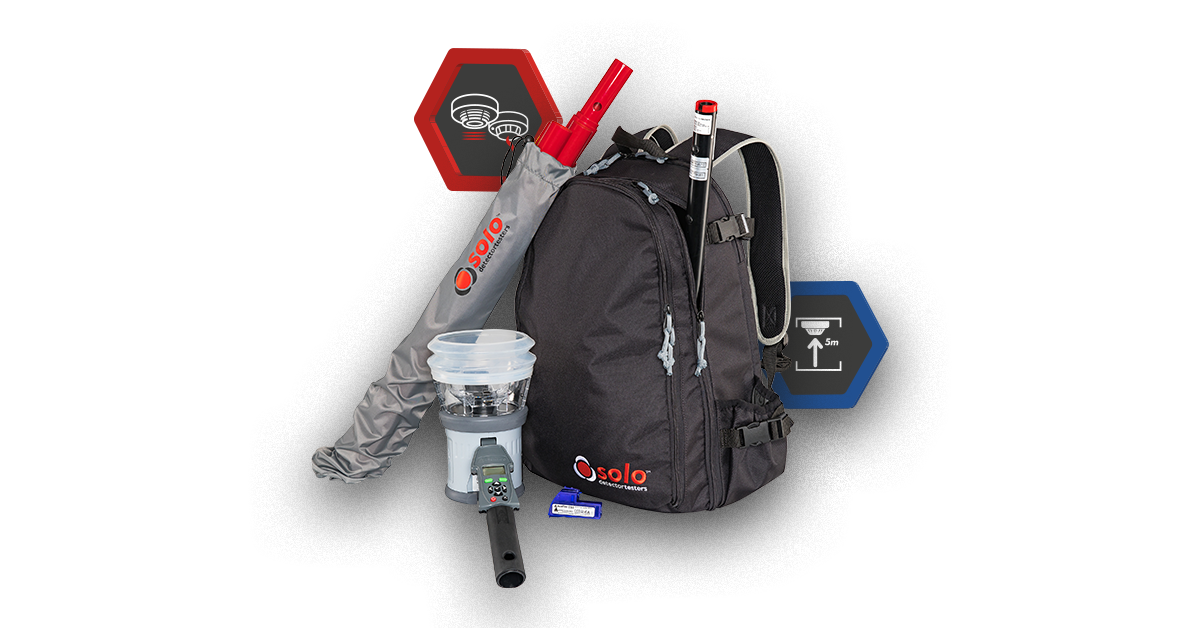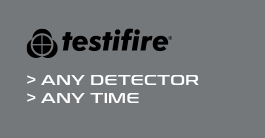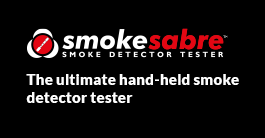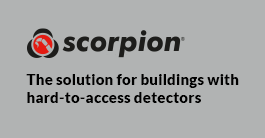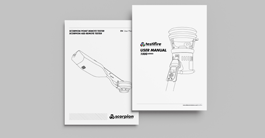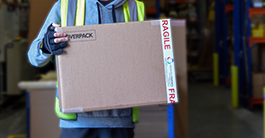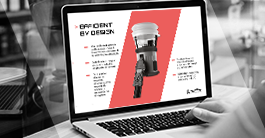
Smoke & Heat Detector Testers
Most sites will now include a mix of smoke and heat detectors, testing these with Testifire or XTR2 speeds up testing and reduces distruption on site.
-
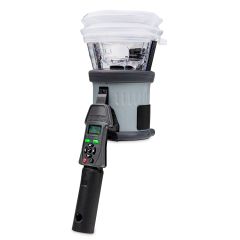
All-in-one smoke and heat detector tester.
More Information -
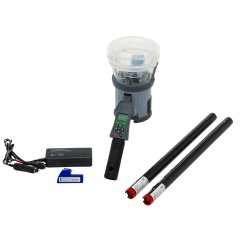
The most popular all-in-one solution, the Testifire 1001 provides the ability to test smoke and heat detectors from one tool. Suitable for use with single and multi-sensor detectors. Includes battery batons and charger.
More Information -
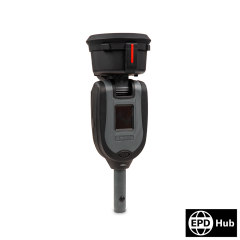
The latest generation all-in-one tester for smoke and heat. XTR2 works with the DT Connect App to allow functional testing, recording of test results and auto-generation of a test report.
More Information
This is the head unit only. -

The latest generation all-in-one tester for smoke and heat.
More Information
XTR2 works with the DT Connect App to allow functional testing, recording of test results and auto-generation of a test report. -
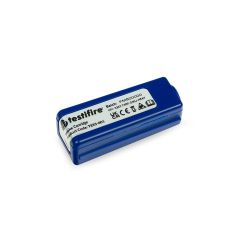
Smoke cartridges for use with XTR2.
More Information -
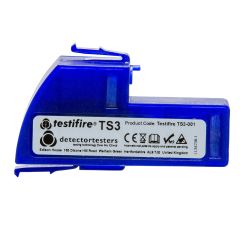
Testifire Smoke Capsules.
More Information
Smoke & Heat Detector Testers FAQs
How does a combined smoke and heat detector work?
A combined smoke and heat detector functions by employing both smoke and heat sensing elements within a single unit. This integrated approach allows it to detect fires more reliably, as it responds to both smoke particles and rapid increases in temperature, providing enhanced early warning capabilities for various fire scenarios.
What should you never do with a heat or smoke detector?
According to British standards, never block, paint, disable, or neglect testing and maintenance of heat or smoke detectors. Obstructions, alterations, or lack of upkeep can compromise their effectiveness. Detectors should always be installed in line with regulations.
What is the difference between smoke detector and heat detector?
A smoke detector senses smoke particles in the air, while a heat detector responds to changes in temperature. Smoke detectors are more sensitive to smoldering fires, while heat detectors are suited for environments with high dust or steam levels, triggering alarms at specific temperature thresholds.
What are the rules for installing heat and smoke detectors?
British standards such as BS 5839-1:2017 offer guidelines for fire detection and alarm systems. Requirements may vary based on factors like the size and nature of the facility. Generally, smoke and heat detectors should be strategically placed, tested regularly, and comply with relevant standards.


